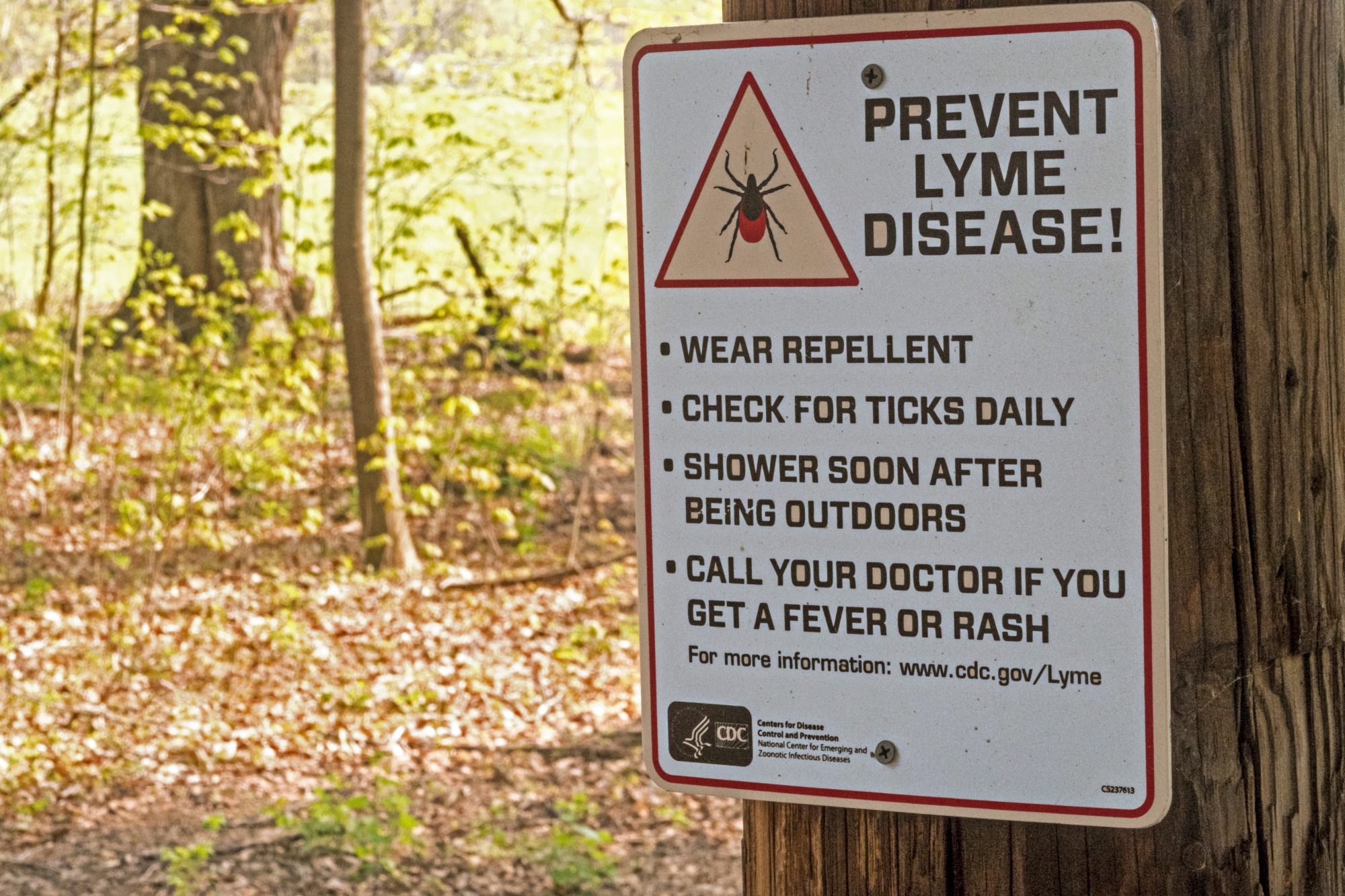Lyme disease diagnoses have increased 357% in rural areas in the United States, causing national concern
In the past 15 years, Lyme disease diagnoses have rocketed in the US, causing increasing national concern.
From 2007 to 2021, Lyme disease diagnoses increased by 357% in rural areas and 65% in urban areas.
The findings on Lyme disease, a tick-borne, bacterial illness, were captured in an infographic released by FAIR Health.

Rural areas worse affected
There are key differences in the prevalence of Lyme disease in rural and urban areas.
In 2016 to 2021, Lyme disease diagnoses increased 60% in rural areas and 19% in urban areas. Diagnoses peaked nationally in June and July of each year.
In summer months, rural areas had a greater share of claim lines associated with Lyme disease diagnoses than urban areas. However, during colder weather, from November to April, Lyme disease diagnoses occurred more often in urban than rural areas.
New Jersey, Connecticut, North Carolina, Rhode Island and Vermont had highest number of diagnoses
In 2017, the states with the greatest proportion of Lyme disease diagnoses as a percentage of all diagnoses in the state were:
- New Jersey
- Connecticut
- North Carolina
- Rhode Island
- Vermont
Marked expansion of Lyme disease in North Carolina
Historically, the tick-borne disease has been associated with the Northeast and upper Midwest. It is interesting that North Carolina had the third highest percentage of Lyme disease claim lines in 2017 and suggests marked expansion to a new region.
However, by 2021 North Carolina had dropped from the list.
In 2021, the top states were:
- New Jersey
- Vermont
- Maine
- Rhode Island
- Connecticut
Again, Maine, which was not previously on the list of top five states for Lyme disease claim lines, assumed third place in 2021 which indicates a growing presence of the illness in the state.
Connecticut and Vermont switched places, with Vermont emerging as number two and Connecticut dropping to number five.

Looking at later diagnoses associated with Lyme disease
Lyme disease is treatable with antibiotics but in some cases patients develop conditions with long-term symptoms, such as fatigue, muscle and joint pain and cognitive issues. This is known as chronic Lyme disease.
Researchers examined a statistically significant cohort of individuals in its database from 2017 to 2021 and compared the prevalence of certain diagnoses among Lyme patients to all patients in the cohort.
They found that malaise and fatigue and soft-tissue-related issues were more common among Lyme patients than among the total patient population. Also patients with Lyme disease of all ages were generally more likely to have these apparently associated diagnoses than all patients in the cohort.
FAIR Health President Robin Gelburd commented: “Lyme disease remains a growing public health concern.
“FAIR Health will continue to use its repository of claims data to provide actionable and relevant insights to healthcare stakeholders seeking to better understand the ongoing rise of Lyme disease cases.”








